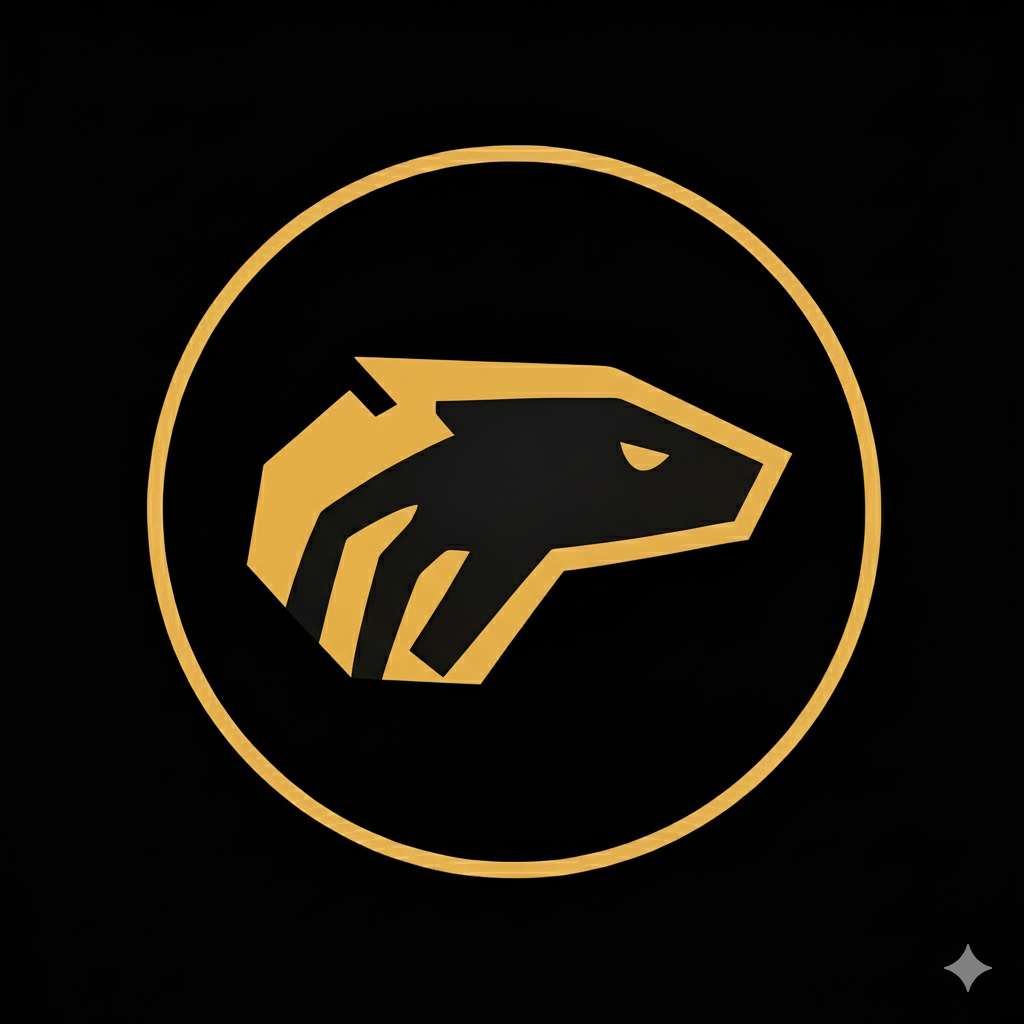Google’s “Nano Banana” Image Model: A Quiet Revolution in Visual AI

Credit: Greg Isenberg’s breakdown of Logan Kilpatrick’s demo gave us a front-row seat to what may be the most practical leap forward in AI image tools so far.
What it does best
Google’s new Gemini 2.5 Flash image model—nicknamed Nano Banana—isn’t just another image generator. It brings a set of capabilities that are strikingly useful for business and creative work:
- Product placement: drop an item into different real-world contexts without losing realism.
- Character consistency: keep faces and features identical across multiple shots (a breakthrough for brand continuity).
- Scene editing: change backdrops, moods, or filters with plain-language prompts.
- Logo/text integration: add marketing slogans or branded marks naturally into generated images.
Why it matters
- Speed & affordability: each generation costs about 4 cents and runs fast enough to fit into workflows like ad testing or rapid design iteration.
- Free experimentation: anyone can test it through Google’s AI Studio, no credit card required.
- Business-ready use cases: from AI ads and social media assets to interior design visualizations and interactive product demos, Nano Banana is already showing where entrepreneurs and marketers can cut creative cycles down to minutes.
The bigger picture
What stood out in Isenberg’s coverage is less the tech and more the entrepreneurial window: this tool gives early movers a chance to launch products, agencies, or niche services while competitors are still stuck commissioning traditional creative work. Think of it as an open canvas for “vibe coders” and builders who want to test and ship ideas faster than the market expects.
Takeaway
Nano Banana isn’t just a model—it’s a set of building blocks for new business models. If the last wave of AI image tools felt like toys, this one feels like infrastructure.
Greg Isenberg
A sharp observer turned architect of internet culture, Greg runs Late Checkout, a studio-cum-holding company behind community-powered digital ventures. He’s launched and sold multiple startups (Islands, 5by), advised platforms like TikTok and Reddit, and now distills his learnings in newsletters and essays. His playbook—Audience → Community → Product—has become a quiet industry staple.

Logan Kilpatrick
Now the de facto face of Google's AI Studio, Logan is the product lead shepherding Titan-grade models like Nano Banana into the hands of developers. Before landing at Google in April 2024, he led developer relations at OpenAI, and before that cut his teeth at places like Apple and NASA. His style is earnest: transparent, fast, developer-first—and Google’s messaging is better for it.


